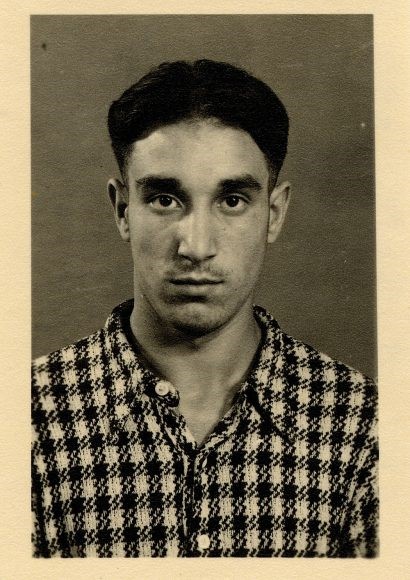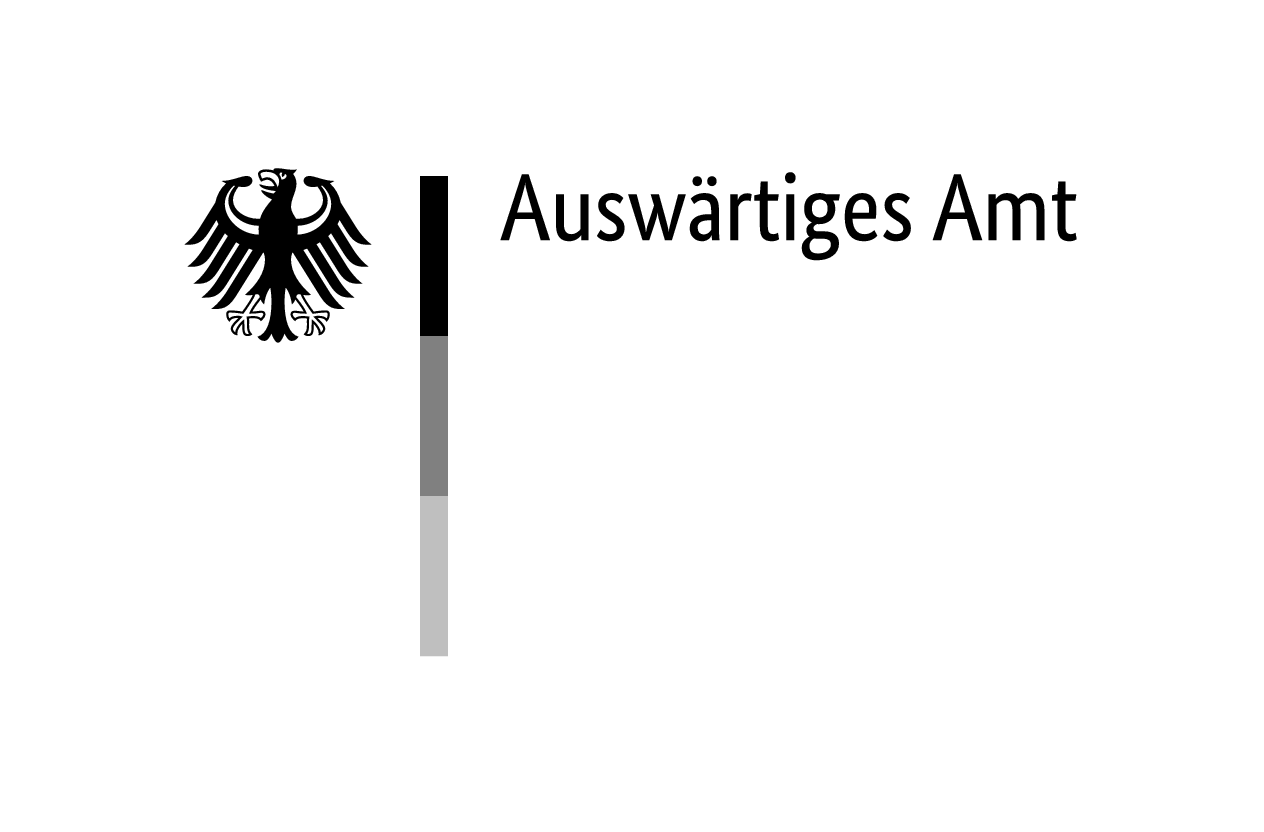Anton Reinhardt, born on 10 June 1927 in the village of Weiden on the edge of the Black Forest in Germany, swam across the Rhine from Waldshut to Koblenz in the canton of Aargau in Switzerland on 25 August 1944. The Sinto had previously escaped from the municipal hospital in Waldshut, where he was due to be forcibly sterilised.
Arrest in Switzerland
Anton Reinhardt was arrested in Switzerland for crossing the border illegally, taken to Aarau, interrogated there on 28 August 1944 and subjected to identification procedures. He initially gave his surname as Bühler (the name of his stepfather) and his age as 18. He also stated that he had fled in order to escape military service. He presumably wanted to increase his chances of being recognised as a refugee.
After a police officer had ascertained his official surname, the young man stated that he was threatened with persecution as a ‘Gypsy’ and that several of his relatives had already been deported to the Auschwitz concentration camp.

Anton Reinhardt (1927–1945) nach seiner Flucht in die Schweiz, 1944. Der junge Sinto war im August 1944 vor der drohenden Zwangssterilisation in die Schweiz geflohen. Dort wurde ihm jedoch ein Asyl verweigert. Die Schweizer Behörden schoben ihn ab und er wurde im Sicherungslager Schirmeck-Vorbruck inhaftiert. Von dort wurde er in das Sicherungslager Rotenfels und schließlich nach Sulz, einem Außenlager des Konzentrationslagers Natzweiler-Struthof, überstellt. Ihm gelang die Flucht, doch er wurde ergriffen. Am 31. März 1945, es war der Ostersamstag, wurde er von einem SS-Hauptsturmführer erschossen, nachdem er einen Abschiedsbrief an seine Eltern geschrieben hatte.
Die Fotografie stammt aus der Akte, die über ihn in der Schweiz angelegt wurde.
Fotograf: unbekannt (Polizeifoto)
Schweizerisches Bundesarchiv, E24#1985/196#37800*
Expulsion and Imprisonment
Despite the new Swiss guidelines on refugees issued on 12 July 1944,1Huonker, Roma, Sinti, Jenische, 123. which sought to stop the deportation of people whose ‘life and limb’ were threatened, Anton Reinhardt was refused asylum on 5 September 1944. On 8 September 1944, he was expelled over the border to Alsace near Basel.
Anton Reinhardt was arrested and imprisoned in the Schirmeck-Vorbruck security camp. From the camp, he was able to send letters to his family—his mother Elvira Reinhardt (biographical data unknown), his stepfather Johann Bühler (biographical data unknown) and two siblings. When the camp was dissolved, he was sent to the newly founded Rotenfels security camp in what is now Gaggenau, where the prisoners had to perform forced labour for the Daimler-Benz factories. When this camp was also dissolved at the beginning of March 1945, he was sent to the Sulz camp, a satellite camp of the Natzweiler-Struthof concentration camp. There he managed to escape with other prisoners.
Murder
However, on 30 March 1945, he was seized by a unit of the German Volkssturm near Bad Rippoldsau in the northern Black Forest and sentenced to death by a summary court. On 31 March 1945, Easter Saturday, Anton Reinhardt was forced to dig a pit in a remote forest in the Gaisbach valley. After he had written a farewell letter to his parents, SS-Hauptsturmführer Karl Hauger (1906–1985) shot him in the back of the neck.
Aftermath
Hauger was sentenced to death in absentia by a French court martial in 1946 for his involvement in the murder of French citizens.2For the following, see Opfermann, Der Umgang der westdeutschen Justiz, 148–152. He went into hiding and only surrendered to the German courts in 1957. Under German law, Hauger could neither be extradited to France nor prosecuted for the offences already dealt with in France. However, he was tried together with Franz Wipfler (1915–1998) for the killing of Anton Reinhardt.
In November 1959, the Offenburg court sentenced him to seven and a half years in prison for manslaughter, while Wipfler received a four-year prison sentence. In 1961, the Karlsruhe Regional Court reduced the sentences to seven years in prison and three and a half years in prison respectively. Two months later, Hauger was released on parole, while Wipfler was released immediately after the judgement was handed down, with his pre-trial detention taken into account.
The crime committed against Anton Reinhardt was documented by director and screenwriter Karl Fruchtmann (1915–2003) in the 1998/99 film ‘A Single Murder’. Since October 2000, a memorial stone in the Bad Rippoldsau cemetery has commemorated the young Sinto.




